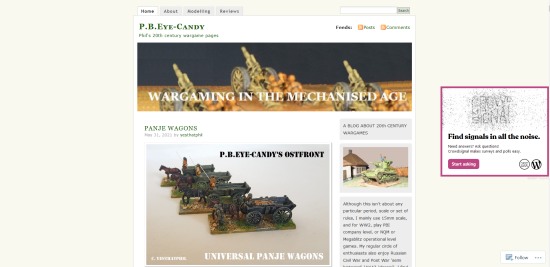After a quick inventory, I looked the models over to see what kind of work I would have ahead of me. I noted the location of the seam lines and pour-spout, as well as other minor irregularities. These are nice castings, and there is very little in the way of seam lines. I make note of a small hole that I'll deal with later.


Once my initial inspection is over, I hold the models up to a light so that I can check for air pockets. By back lighting the models, it's possible to find some air bubbles that could be a problem later. I prefer to find them and fill them, rather than having them surprise me later. I didn't note any hidden air pockets in these kits.
Next, I find the balance point on the models. Then I drill a hole at the balance point. In the end, this will be the hole for the miniature's base. I place a toothpick in the hole, to make it easier to handle the model during assembly and painting.

At this point, I began removing the seam lines. Depending on the size and location of the seam lines, I either cut them off or scrape them off with the back of the blade on the hobby knife.

To fix the hole in the rudder, I first drill a small hole all the way through the tail. I do this so that I have a nice round hole with which to work. I then find a piece of plastic or resin that will fit the hole, and I glue it into the hole. Once the glue cures, I trim off the parts of the plug that stick out of the tail.

I am close to being finished with the initial steps. From here, I take the models to the wash basin. I take along the toothbrush, soap, and sanding sticks. I combine washing the models and wet-sanding, to reduce the number of times I have to wash the models. By wet-sanding the models, I avoid having resin dust all over the workroom. Remember to wear protective gear as noted on the various products, tools, and supplies.







